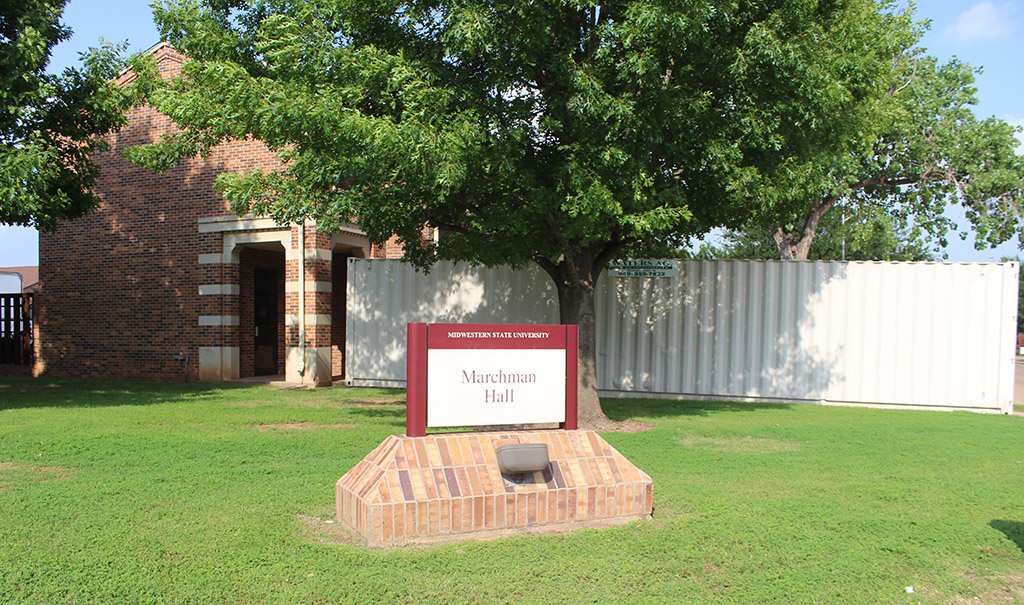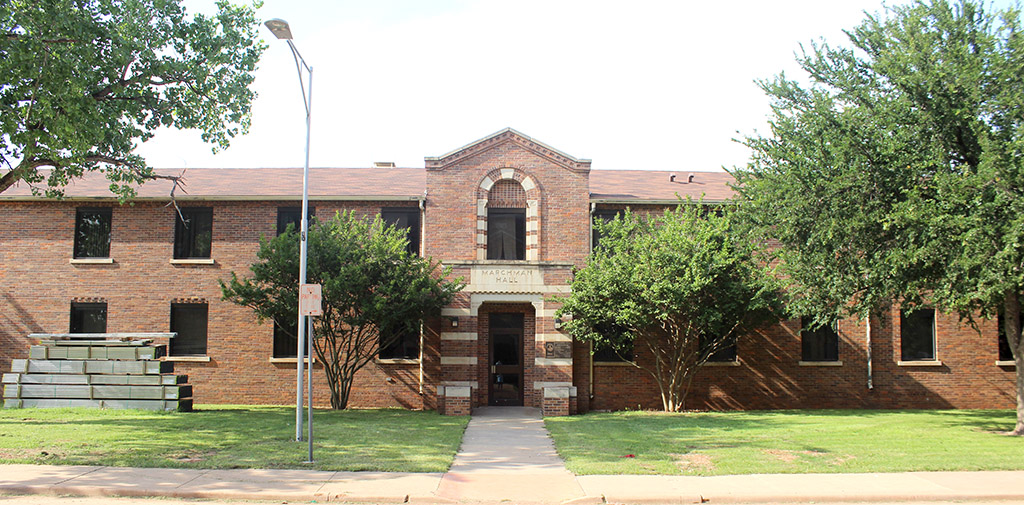
Marchman Hall has been vacant since 2004 because it failed Fire Marshall Code and had asbestos. As of right now, there is no official plan for future use of this building, or for that area; however, there have been some ideas thrown around.
Keith Lamb, Vice President of student affairs and enrollment management, said,”Marchman, Killingsworth, and Pierce all failed inspection because they didn’t have sprinklers, and Marchman had windows that didn’t open up. We decided to keep Killingsworth and Pierce since they were relatively new, and important to housing, but Marchman wasn’t that important so we decided to mothball it.”
Another problem Marchman had was asbestos. Asbestos is a group of naturally occurring minerals in the environment. Since asbestos is resistant to fire, heat, and chemicals, and does not conduct electricity, it has been widely used by industries for quite a while.
Lamb said the asbestos is okay unless you disturb it (drill into it, heat it up, etc.). A study done by Oregon State confirmed Lamb’s quote, but also said it is harmful if it is turned to dust, and Lamb said the building was rather dusty.
Kyle Owen, Associate Vice President of facility services, said there was “zero concern” when he thought the building had been cleaned out when it was renovated in 1989, but when he viewed the blueprints, he found it still had asbestos on all the windows, the caulk in the front door frame, and in the pipes.

There is asbestos in other buildings on campus, but Owen said the school follows every health code when dealing with it, he also said, “Asbestos isn’t that big of a deal unless you work 40 hours a week for your whole career in it.”
Owen said if they were to take down the building, they would have to clean it out, which would cost $5,000-$10,000.
“We would have to hire a contractor licensed to work with the pipes, and mechanical rooms, clean it out, then get a third party to check it out,” Owen said.
There are no plans for the building, but there have been some options thrown around. One primary option was to build a new police station since the current one is run down, but Owen said it would be too expensive.
“If we were to have gone with that, we would have spent a few million dollars because we would have to pay the cost of tearing it down, and the square feet cost, which is $50 per square feet,” Owen said, “It would also take 10 to 12 months to build it.”
Another option is a parking lot. Owen said this would cost approximately $150,000 to make, which is $3,000 for each parking spot.
“A parking lot is a pretty possible option since it isn’t too expensive to make, and because students are always complaining about parking,” Owen said. “However, this isn’t set in stone. We have nothing set in stone right now.”
Deborah Barrow, director of board and government relations, said the building was used as a storage facility for a while until 1989, when it was renovated, and turned into a dorm building. Before that, Lamb, as well as Everett Kindig, history professor, said it was used for military barracks back in 1942. The government sold the wooden barracks to the university for $1 per building. Once there was no need for the barracks, the building was turned into a dorm for a while, but then it was turned into storage until 1988.
















